Setting up my Legion y540
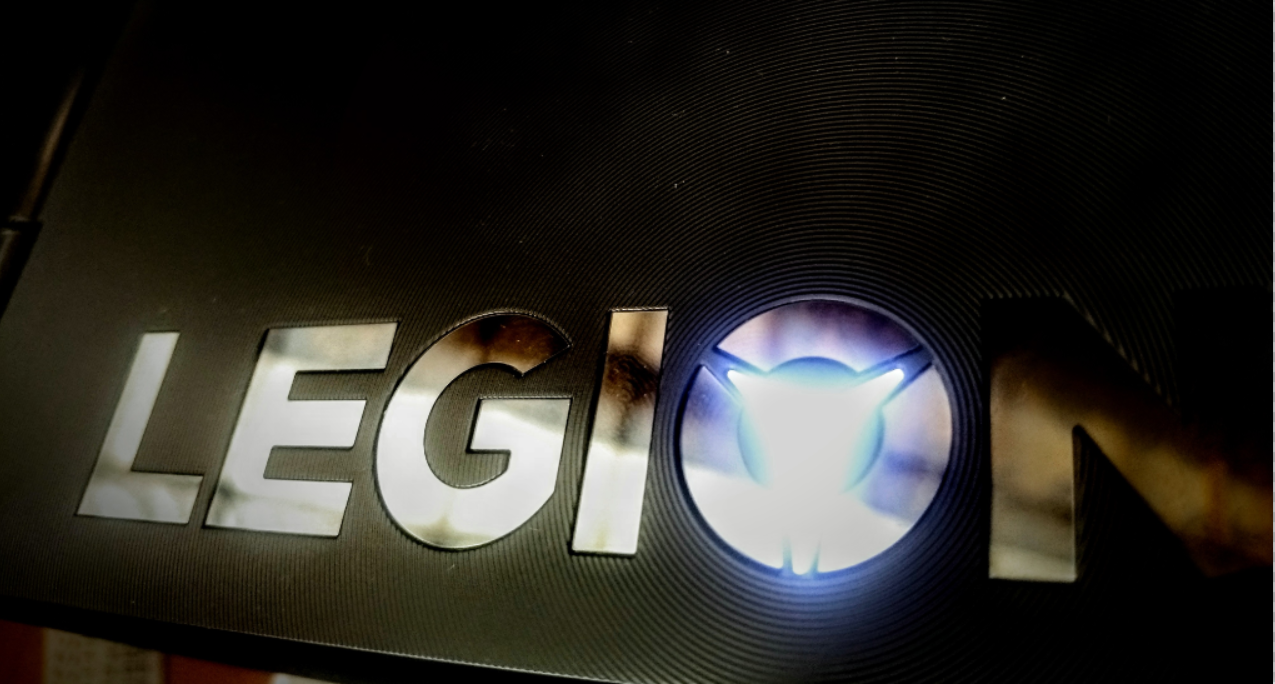
When I moved to university in 2017, I brought a 2016 Lenovo Thinkpad L450 with me. No one was using it at home and it was practically a new laptop, so I didn’t buy a new one. For 2017 standards, it was a pretty decent laptop: 6th gen i5 processor, 8GB of memory, 512 GB HDD storage, a very good selection of ports and the typical understated thinkpad design.
Getting a new laptop
It served me much better than I could have hoped, but around February, I realized it needed an upgrade. After months of research, I went with the 2019 Lenovo Legion y540 – 16 GB of memory, 1 TB SSD storage, a 6 GB RTX 2060 GPU and a glorious 144 Hz FHD display. The biggest downside: a tiny battery, lasting only a few hours, even under light loads.
The Legion fit my use-cases perfectly – I needed a powerful laptop to train my machine learning models. The shockingly small battery wasn’t too bad though. Over the past 3 years, I’ve found myself away a charger only a handful of times. Of course, more expensive laptops may have had bigger batteries, but that still didn’t justify their prices, at least for me.
Setting up Ubuntu
Since I use Ubuntu primarily, I dual boot it alongside the native Windows OS. I used this great guide for setting it up.

Out of the total available storage space, I allocated 175 GB to the windows partition while the rest was for Ubuntu.
WiFi Issues
I was almost certainly going to run into compatibility and driver issues with Ubuntu, and just a few minutes in, I realized my laptop’s WiFi adapter wasn’t being detected. This got resolved pretty easily, following this StackOverflow answer.
I setup a simple alias for future use.
#-----------------------------------------------
# wifi adaptor not detected fix
#-----------------------------------------------
alias fixwifi='sudo tee /etc/modprobe.d/blacklist-ideapad.conf <<< "blacklist ideapad_laptop"'
Display Issues
Another issue I ran into was the display settings. The screen brightness controller did not work, nor did Ubuntu 18.04’s NightLight feature. Almost certainly, it had something to do with the Nvidia GPU. While the brightness scroller started working after a simple reboot, I still haven’t managed to fix the NightLight issue.
I had setup an alias for the brightness controller, before a reboot fixed it.
#-----------------------------------------------
# Screen brightness (0 to 1)
#-----------------------------------------------
setbrightness()
{
xrandr --output DP-2 --brightness $1;
}
Redshift
Since I spend upwards of ten hours a day on my computer, I like to use blue-light filters. I turned to redshift and it works great. A useful little extension created a toggle for it.
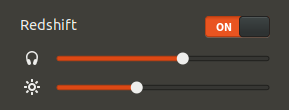
Hiding the title bar
Moving from a 13 inch screen with massive bezels to a 15 inch one with decently thin bezels, at least on three sides was a big jump.
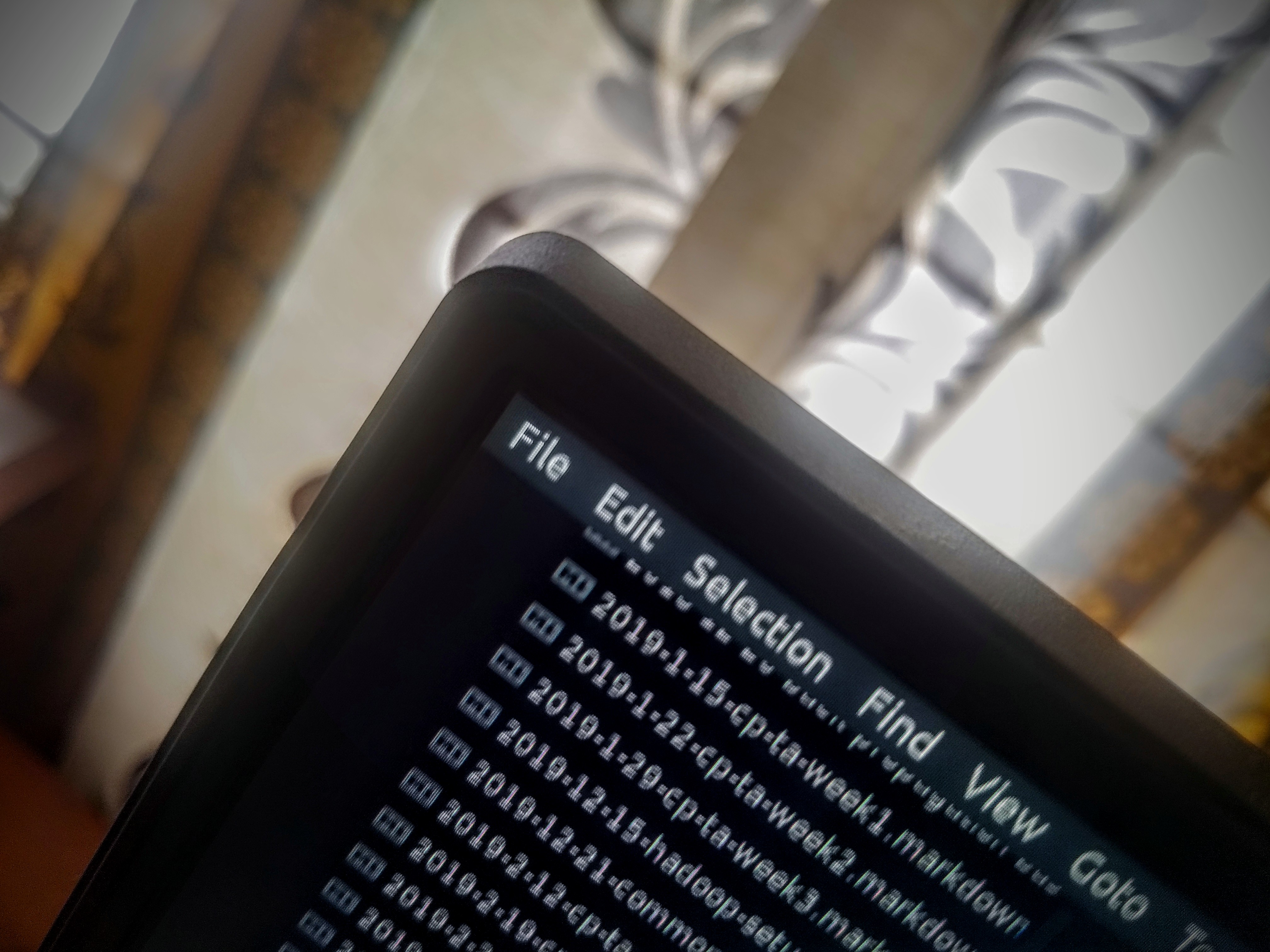
The title bar used up about half a centimeter of the screen, so I used the Hide Top Bar extension. Now, it slides down when I want to see the time, or adjust by volume or display settings.
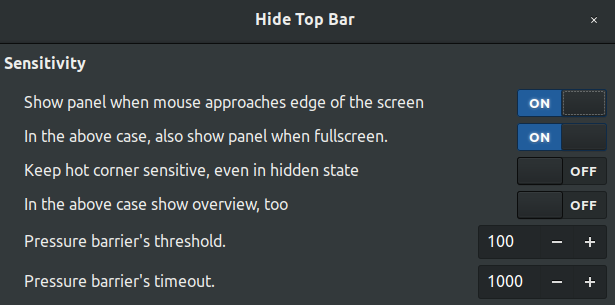
update 1
WiFi refresh button
Any long time Ubuntu user would know that the WiFi section doesn’t have a refresh button. This becomes especially frustrating when trying to connect to a new or different network and having to wait for the system to auto-refresh the detected networks list.
The WiFi refresh button does exactly what it you’d expect.

Places
The places extension adds a drop down menu for quick access to different directories.

update 2
GTile
This extension lets you organize your windows in more specific locations that the default two-pane setup.
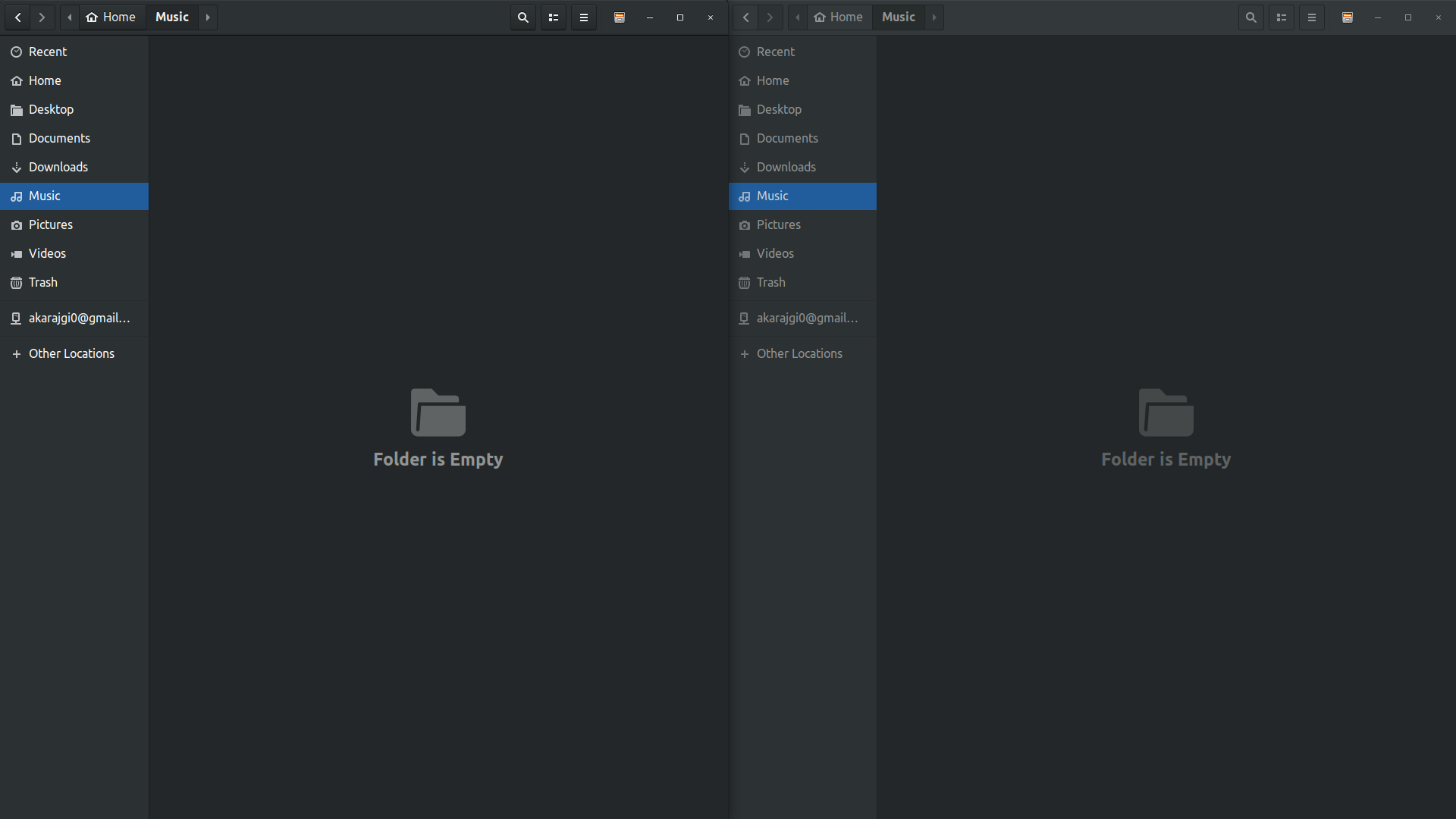
On pressing Super + Enter (the default command), the gtile menu appears. Just select which tiles to assign to the window in focus.
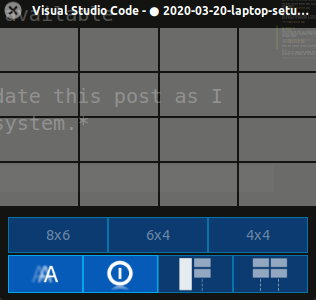
For example, selecting the four lower-right tiles for Files allows us to create the following layout.
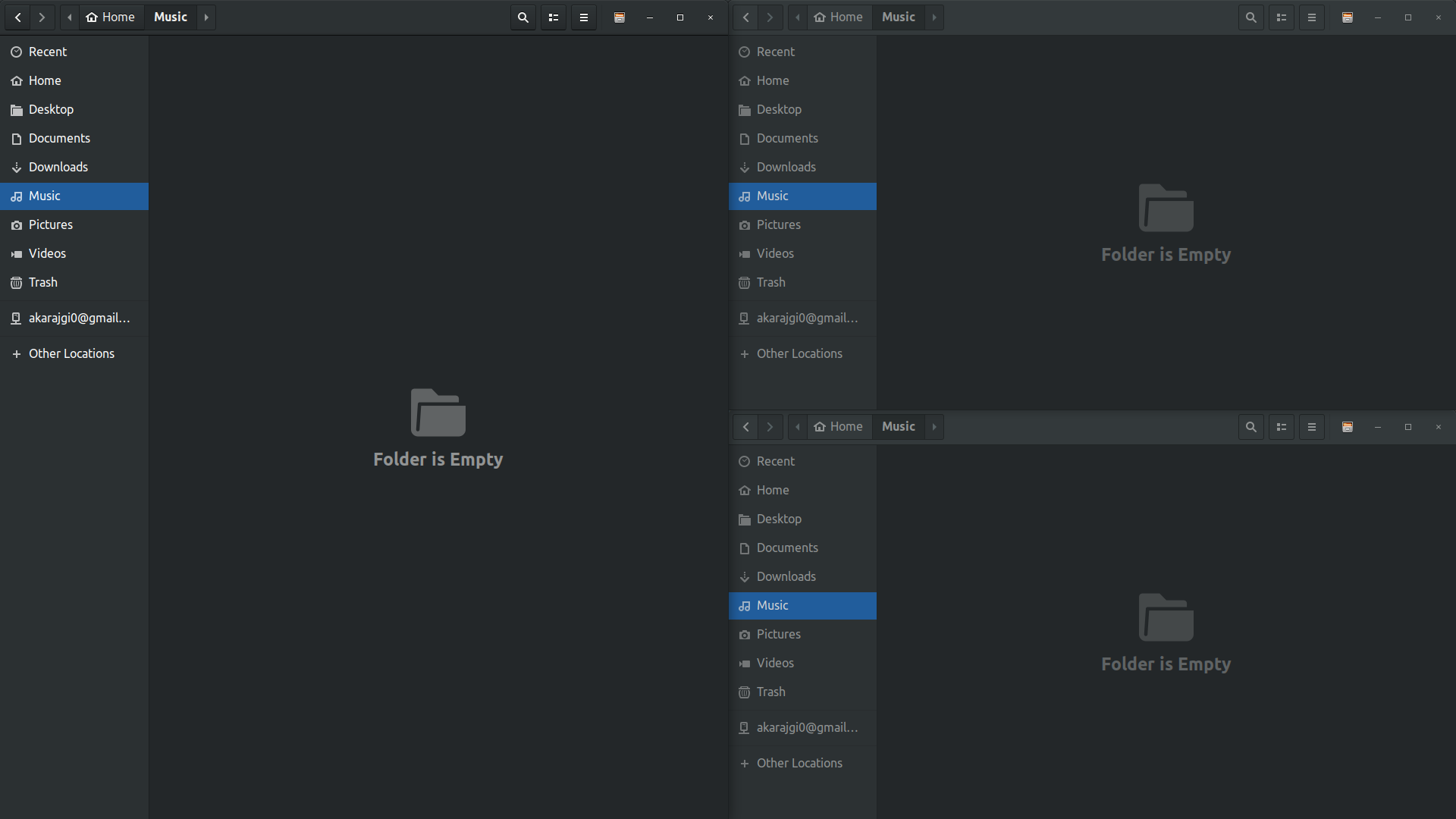
There are several formats available along with further customization. Please have a look at the repository README for more information.
WiFi adapter not found when switching between Windows and Ubuntu
Remember the adapter issue I mentioned above? Well, I noticed this happened when I used Windows for an extended period time before switching to ubuntu. I found a solution on the Ubuntu sub-reddit here. It isn’t the cleanest solution in the world, but it works.
Just uncheck the “Allow the computer to turn off this device to save power” option under
Device Manager
-> Network Adapters
-> <Your network adapter>
-> Properties
-> Power Management
I’ll try to regularly update this post as I continue to customize my system.
